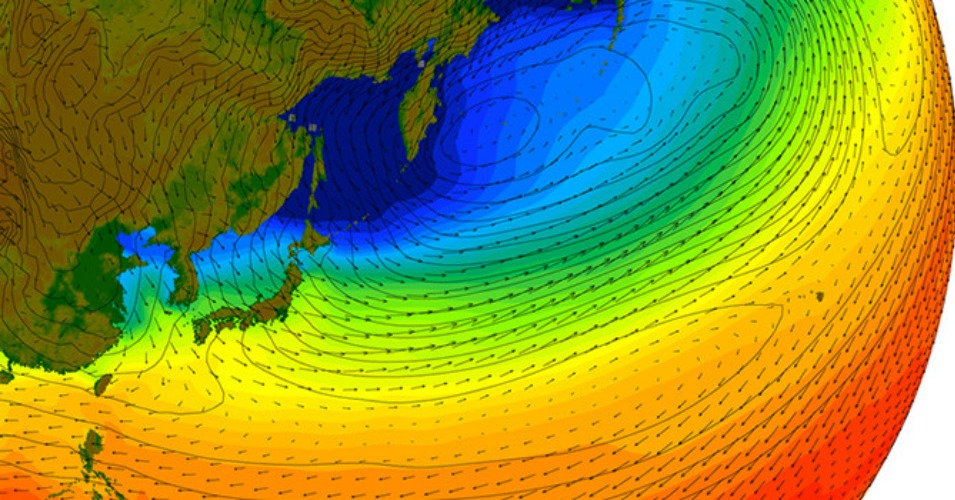Study: Economic Models Fail Test of Climate Emergency

A new peer-reviewed study in the UK is casting doubt on the current economic models widely used to calculate the full breadth of costs associated with global warming and argues the price tag for continued inaction on carbon pollution is astronomically higher than frequently predicted.
The paper (pdf), co-authored by Dr. Simon Dietz and Lord Nicholas Stern of the Grantham Research Institute on Climate Change and the Environment at the London School of Economics, shows that the risks from unchecked climate change are bigger than previously estimated and strengthens the case for strong and immediate cuts in greenhouse gas emissions.
"[Current economic models] that assume that catastrophic damages are not possible fail to take account of the magnitude of the issues and the implications of the science.” —Professor Nicholas Stern, LSE
The research, which will appear in The Economic Journal, is based on a revised approach of what is known as the ‘dynamic integrated climate-economy' (or DICE) system, an economic model initially devised by William Nordhaus in the 1990s. This framework for calculating climate costs is still widely used by climate scientists—including the UN's Intergovernmental Panel on Climate Change (IPCC)—to predict financial impacts from changes associated with a warming planet and changing climates.
The new model developed by Dietz and Stern, according to a statement by LSE, "includes a broader range of potential climate impacts, because the standard model tends to underestimate the potential economic damage" that could result from runaway climate change and the unraveling of economic assumptions.
"Our aim," explained Dr. Dietz in a statement, "was to show how a new version of the model could produce a range of results that are much more representative of the science and economics of climate change, taking into account the uncertainties. The new version of this standard economic model, for instance, suggests that the risks from climate change are bigger than portrayed by previous economic models and therefore strengthens the case for strong cuts in emissions of greenhouse gases.”
For example, the standard model implausibly suggests that a loss of global GDP of 50 percent would only result after a rise in global average temperature of 18 centigrade degrees, even though such warming would likely "render the Earth uninhabitable for most species, including humans."
The new model, according to the report, accounts for "the possibility that such damage could occur at much lower levels of global warming. Standard economic models rule out the possibility that global warming of 5 or 6 degrees above pre-industrial levels could cause catastrophic damages, even though such temperatures have not occurred on Earth for tens of millions of years."
Driving home the study's potential and desired impact, Professor Stern said: “It is extremely important to understand the severe limitations of standard economic models, such as those cited in the IPCC report, which have made assumptions that simply do not reflect current knowledge about climate change and its potential impacts on the economy. I hope our paper will prompt other economists to strive for much better models which will help policy-makers and the public to recognise the immensity the potential risks of unmanaged climate change. Models that assume that catastrophic damages are not possible fail to take account of the magnitude of the issues and the implications of the science.”
______________________________________________

